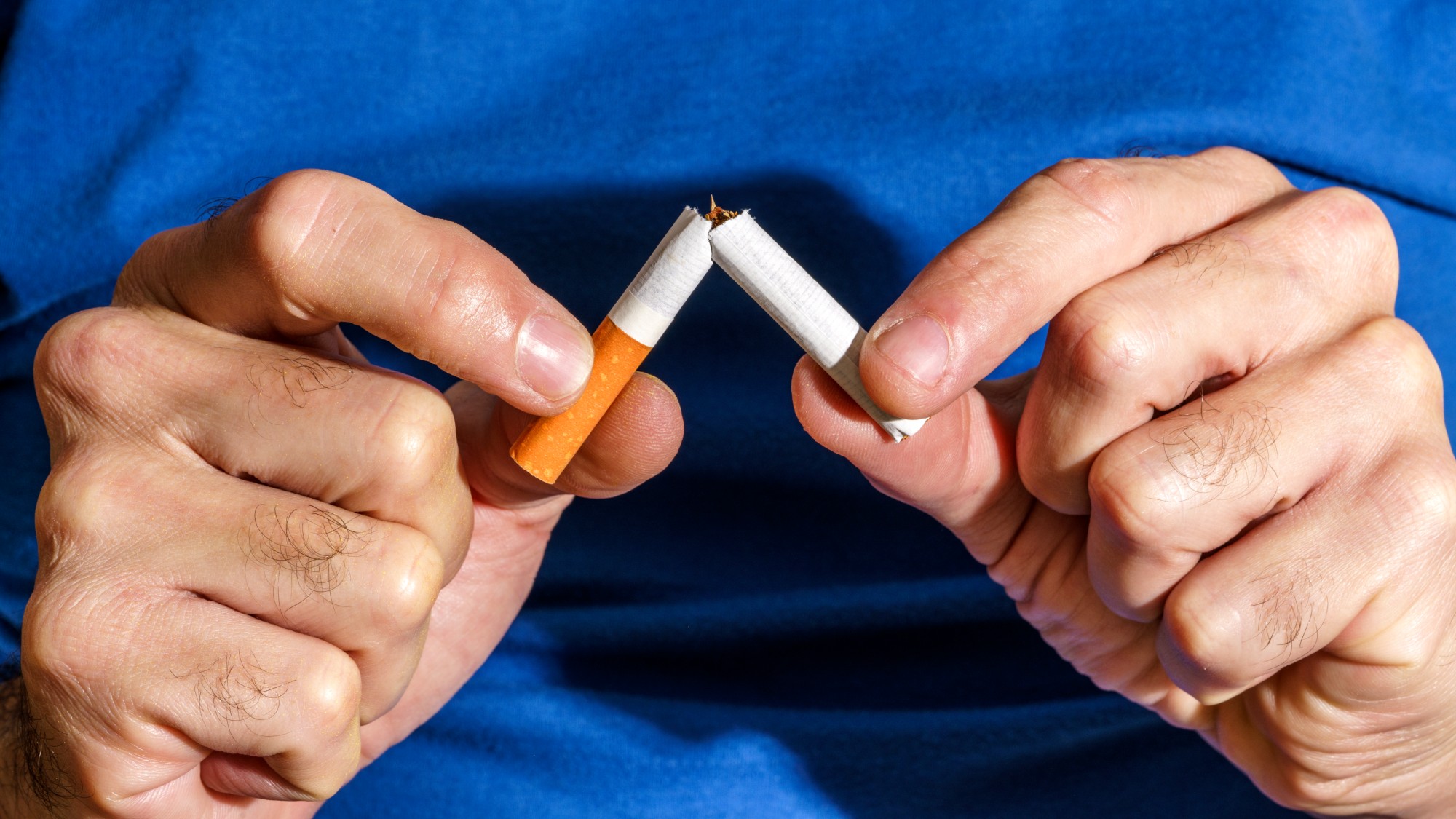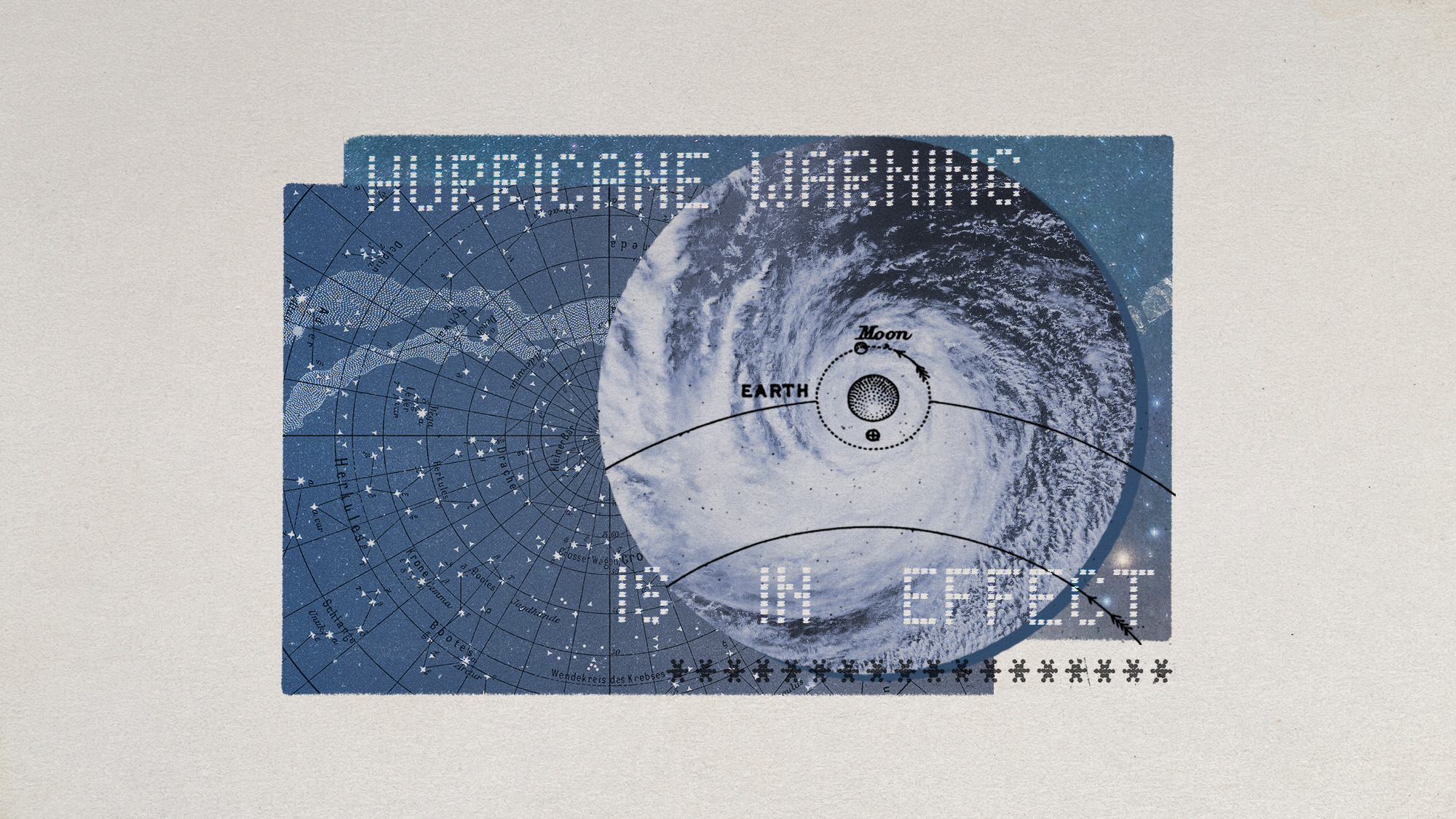Inflatable space hotel could be open for guests in ten years
Expandable room successfully added to the International Space Station ahead of two-year testing period

Adventurous travellers could soon be bedding down in an inflatable room in space.
Over the weekend, astronauts on the International Space Station (ISS) successfully deployed an extendable add-on housing area that could one day revolutionise life in space, says Quartz.
However, the "space hotel" might need to adopt a catchier name to entice tourists – it is currently known as the Bigelow Expandable Activity Module (Beam).
The Week
Escape your echo chamber. Get the facts behind the news, plus analysis from multiple perspectives.

Sign up for The Week's Free Newsletters
From our morning news briefing to a weekly Good News Newsletter, get the best of The Week delivered directly to your inbox.
From our morning news briefing to a weekly Good News Newsletter, get the best of The Week delivered directly to your inbox.
The Beam prototype, which arrived at the ISS on a cargo spacecraft in April, was gradually pumped full of air over three days. This was the second attempt to inflate the module, after the first try last week ended in failure due to technical problems.
[[{"type":"media","view_mode":"content_original","fid":"95565","attributes":{"class":"media-image"}}]]
The extendable room is the work of Bigelow Aerospace in Nevada, whose founder, Robert Bigelow, already owns a chain of hotels on Earth.
It uses a secret material which is easily folded for transportation and able to inflate in space, but still being tough enough to endure life in orbit.
A free daily email with the biggest news stories of the day – and the best features from TheWeek.com
The Beam will remain at the station for a two-year testing period to confirm it can withstand radiation and collisions with space debris, such as the mini-meteorite that chipped a viewing window on the ISS in 2012.
"Most of the time the module will be closed, but the crew will go in a handful of times to collect data and take a look," Joel Montalbano, the deputy ISS manager at Nasa, told New Scientist in April. Although the prototype has no windows, Montalbano says the 13ft long and 10ft 6in wide module will "feel roomy".
If testing is successful, scientists believe a much larger "space hotel" could be ready to receive visitors within a decade.
-
 Magazine printables - Nov. 28
Magazine printables - Nov. 28Puzzle and Quizzes Magazine printables - Nov. 28, 2025
-
 Magazine printables - Nov. 21, 2025
Magazine printables - Nov. 21, 2025Puzzle and Quizzes Magazine printables - Nov. 21, 2025
-
 The diminishing power of willpower
The diminishing power of willpowerIn the Spotlight ‘Try harder’ attitude may not be the best way to achieve long-term goals
-
 A lemon-shaped exoplanet is squeezing what we know about planet formation
A lemon-shaped exoplanet is squeezing what we know about planet formationUnder the radar It may be made from a former star
-
 The 5 biggest astronomy stories of 2025
The 5 biggest astronomy stories of 2025In the spotlight From moons, to comets, to pop stars in orbit
-
 Blue Origin launches Mars probes in NASA debut
Blue Origin launches Mars probes in NASA debutSpeed Read The New Glenn rocket is carrying small twin spacecraft toward Mars as part of NASA’s Escapade mission
-
 ‘The Big Crunch’: why science is divided over the future of the universe
‘The Big Crunch’: why science is divided over the future of the universeThe Explainer New study upends the prevailing theory about dark matter and says it is weakening
-
 The moon is rusting
The moon is rustingUnder the radar The Earth is likely to blame
-
 Panspermia: the theory that life was sent to Earth by aliens
Panspermia: the theory that life was sent to Earth by aliensUnder The Radar New findings have resurfaced an old, controversial idea
-
 Africa could become the next frontier for space programs
Africa could become the next frontier for space programsThe Explainer China and the US are both working on space applications for Africa
-
 Hurricanes are not exclusive to Earth. They can happen in space.
Hurricanes are not exclusive to Earth. They can happen in space.Under the radar These storms may cause navigational problems